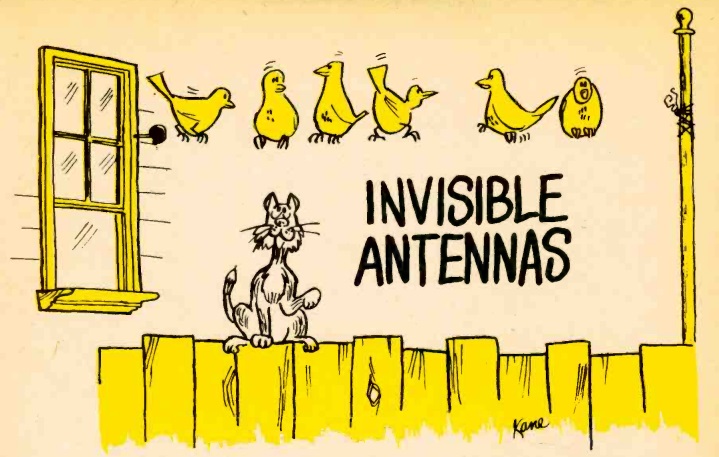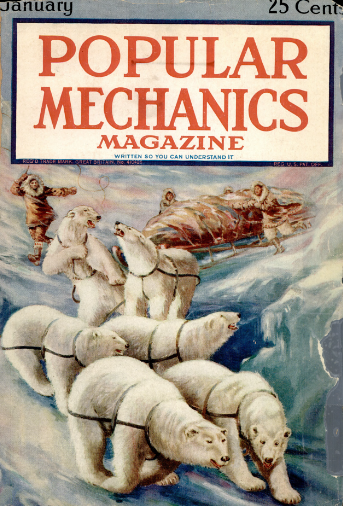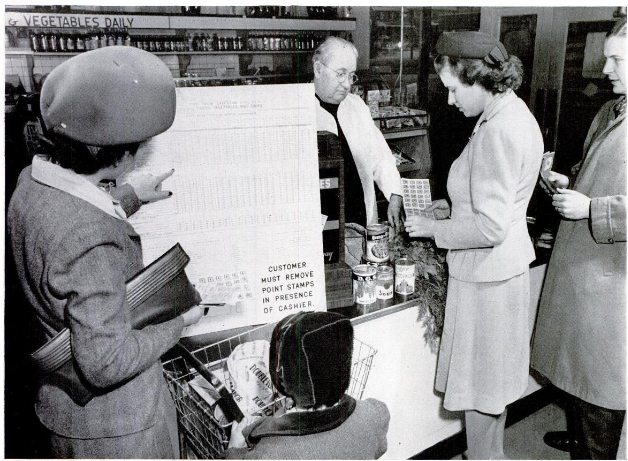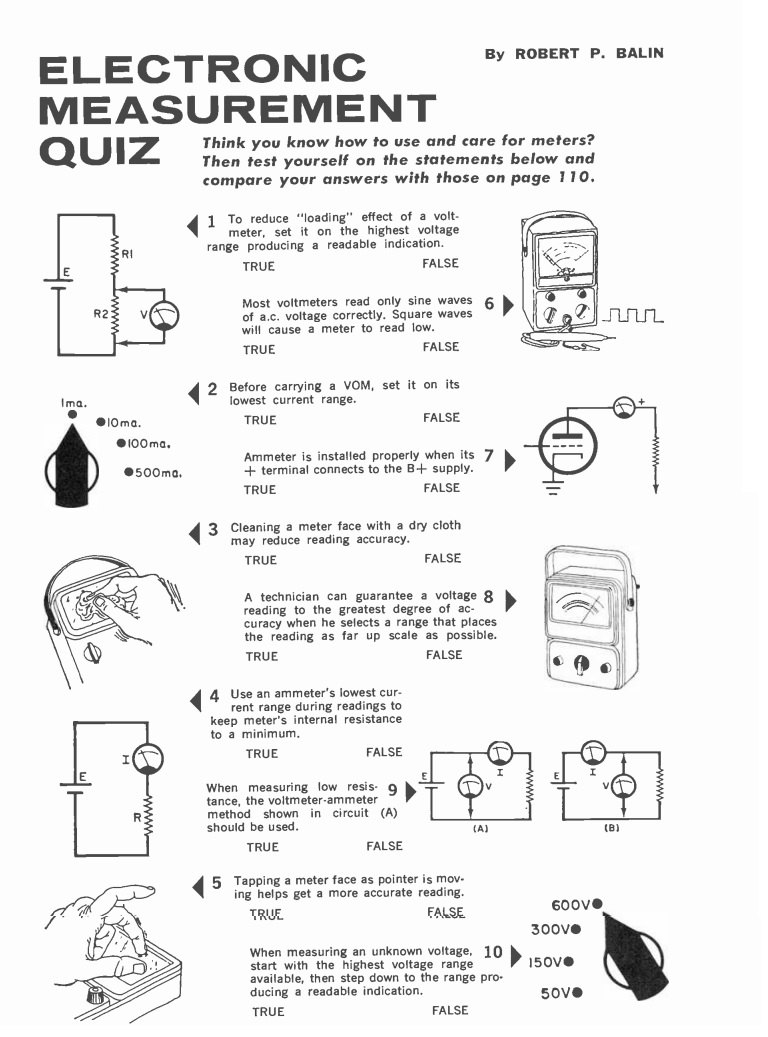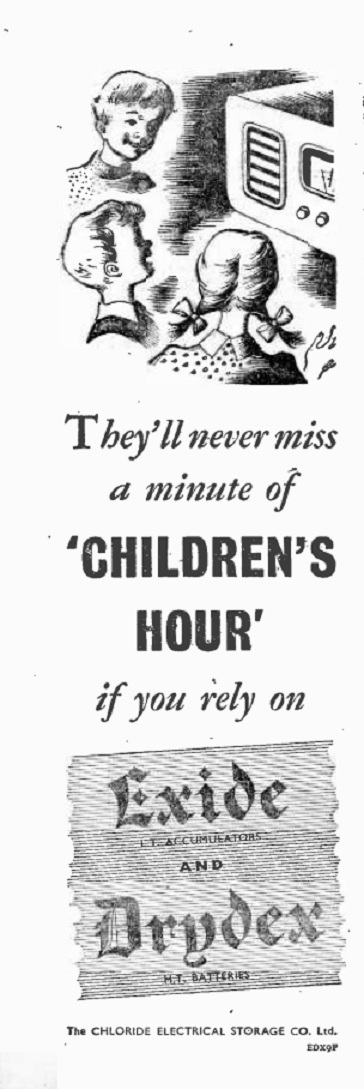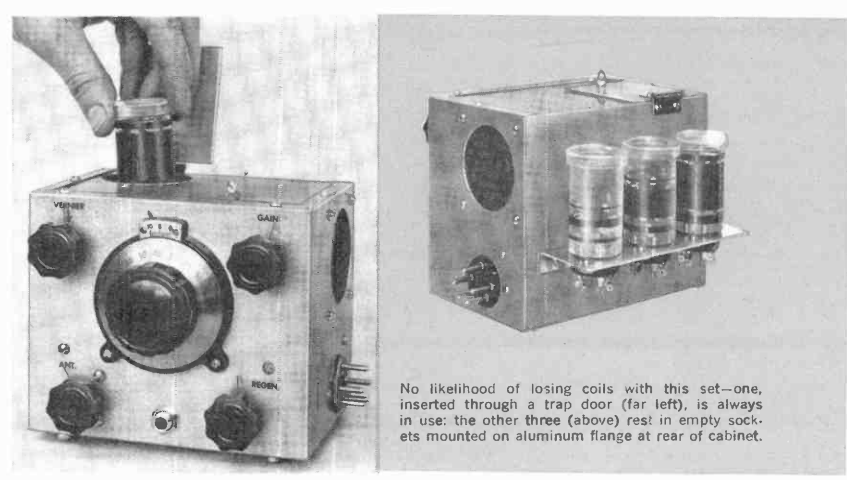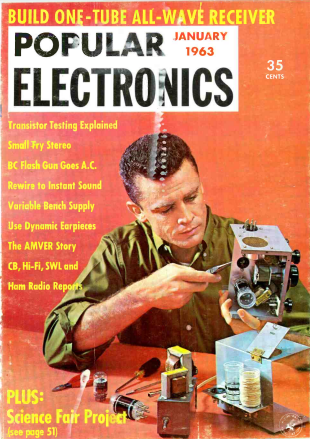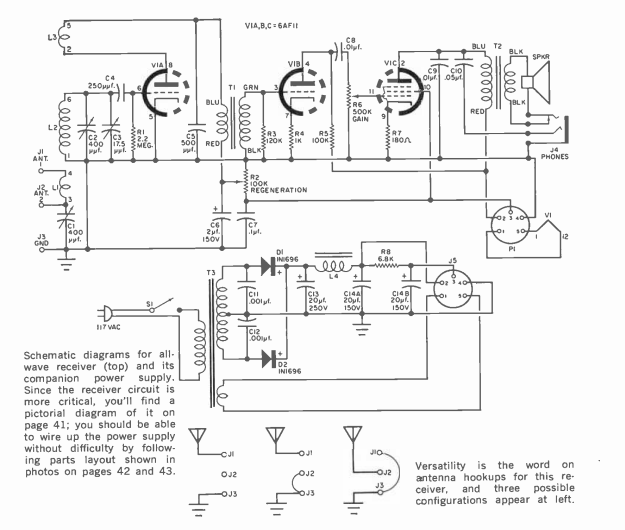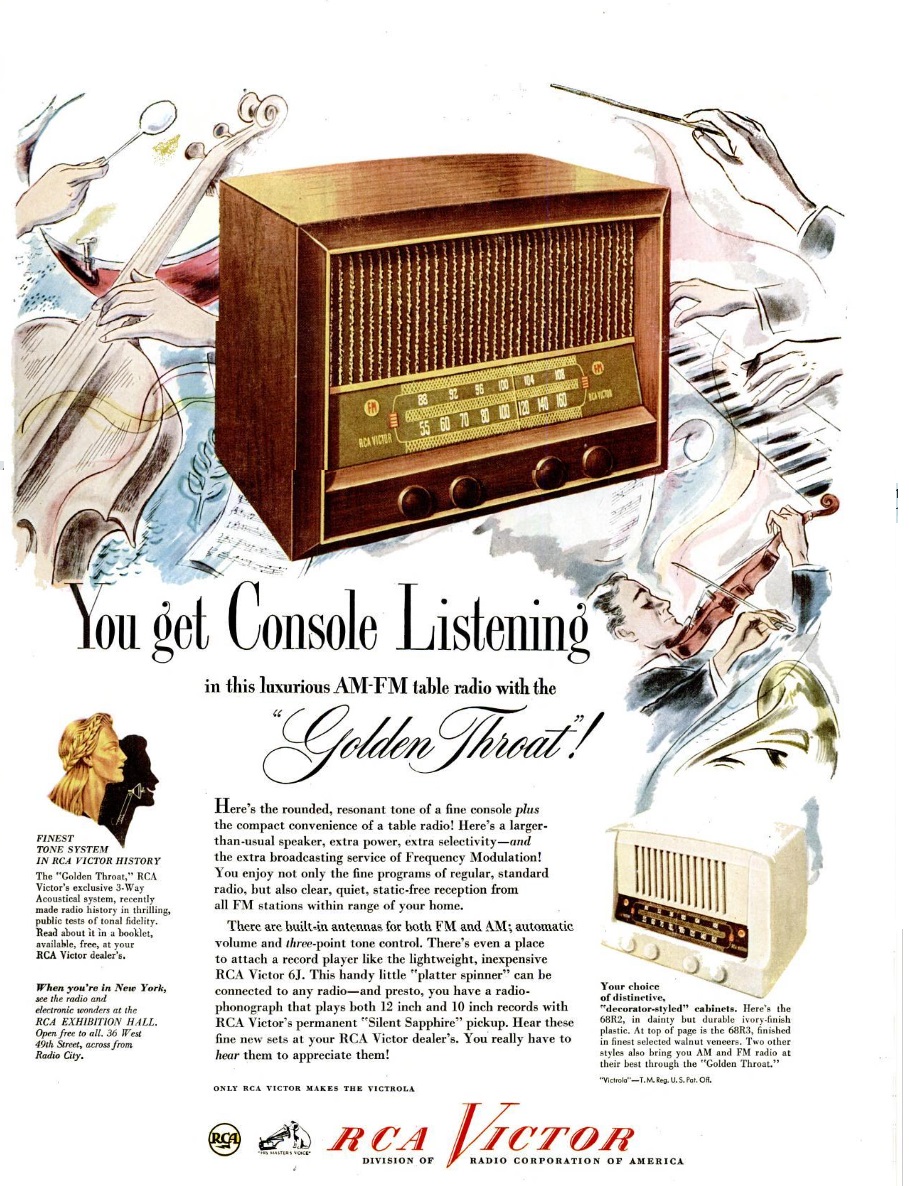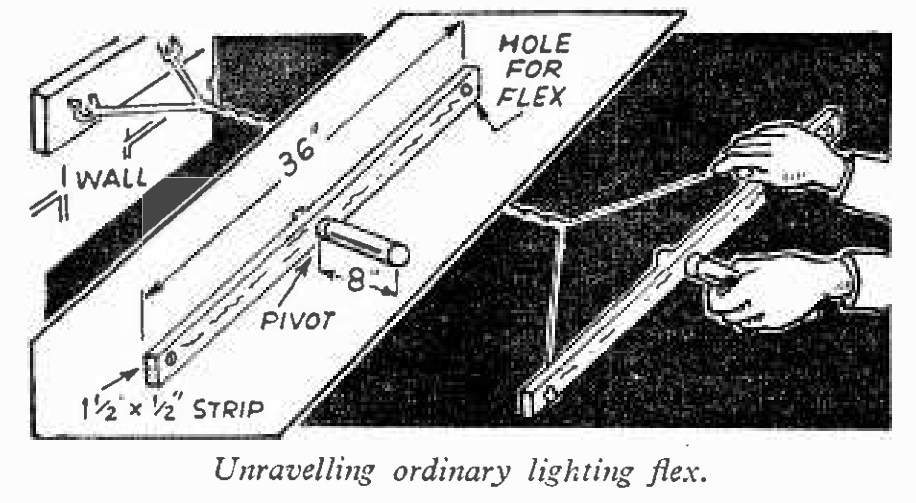
Seventy-five years ago this month, the January 1948 issue of the British Practical Wireless showed this self-explanatory tip for unwinding twisted pair.
The idea was sent into the magazine by one R.L.G. of Chelmsford, who pointed out that it was often necessary to unwind a long length of “lighting flex,” which was apparently in common use in Britain for home lighting circuits. But he points out that any amateur who has attempted this learns that it becomes tedious after a few feet. With the device shown here, it was an easy matter. You just pull the wire taut, and start twisting (usually clockwise). In just a few minutes, the wires will separate. It is necessary to move back slowly, as the wires get longer when unraveled.
Some links on this site are affiliate links, meaning that this site earns a small commission if you make a purchasing after following the link.



